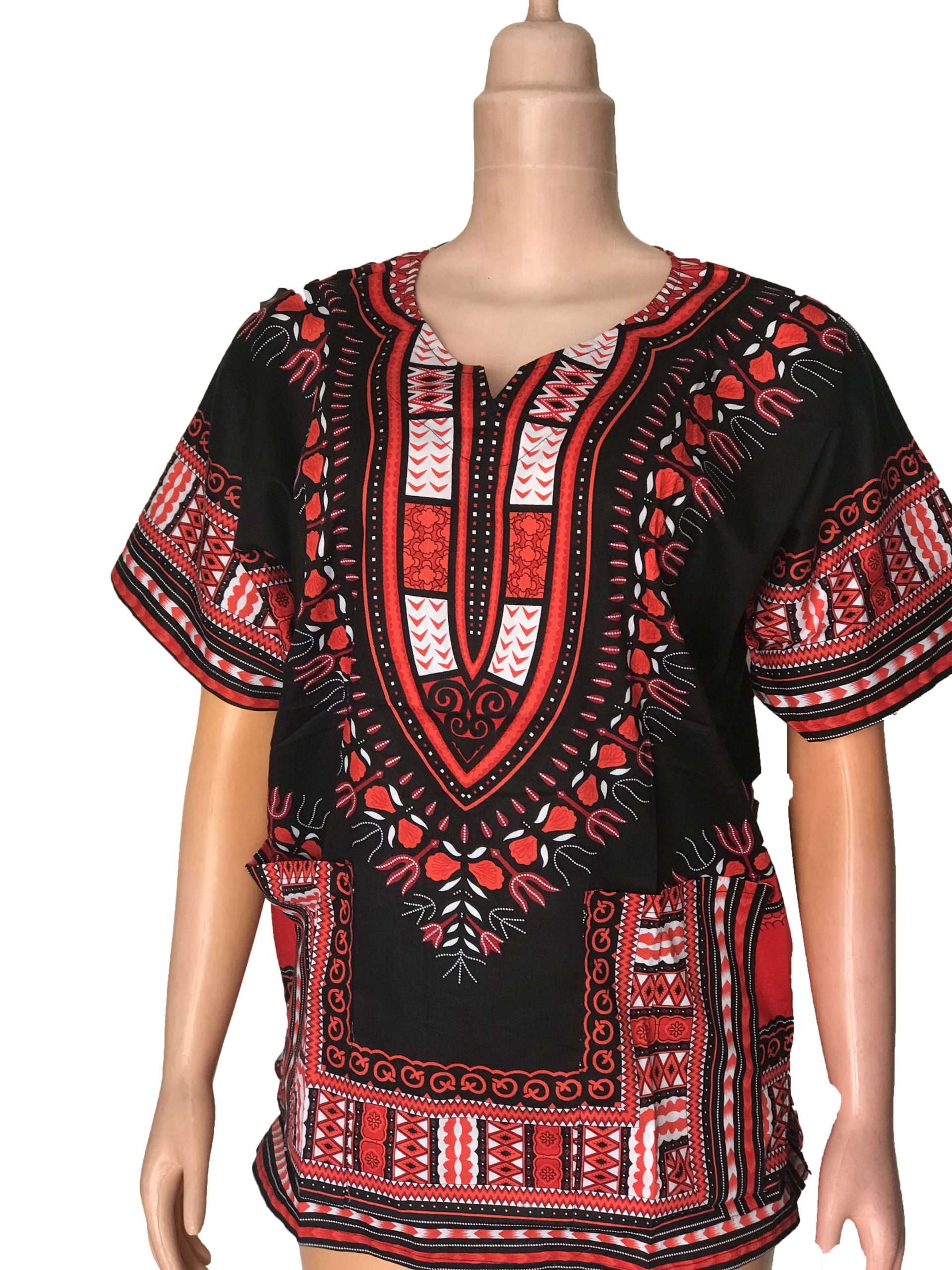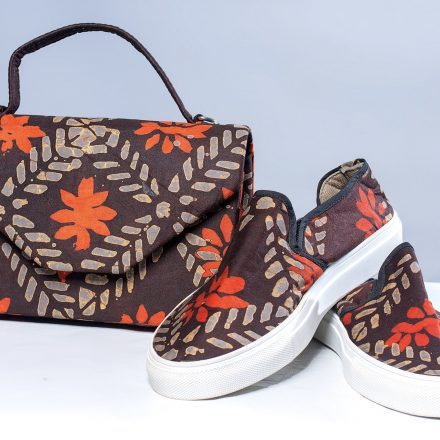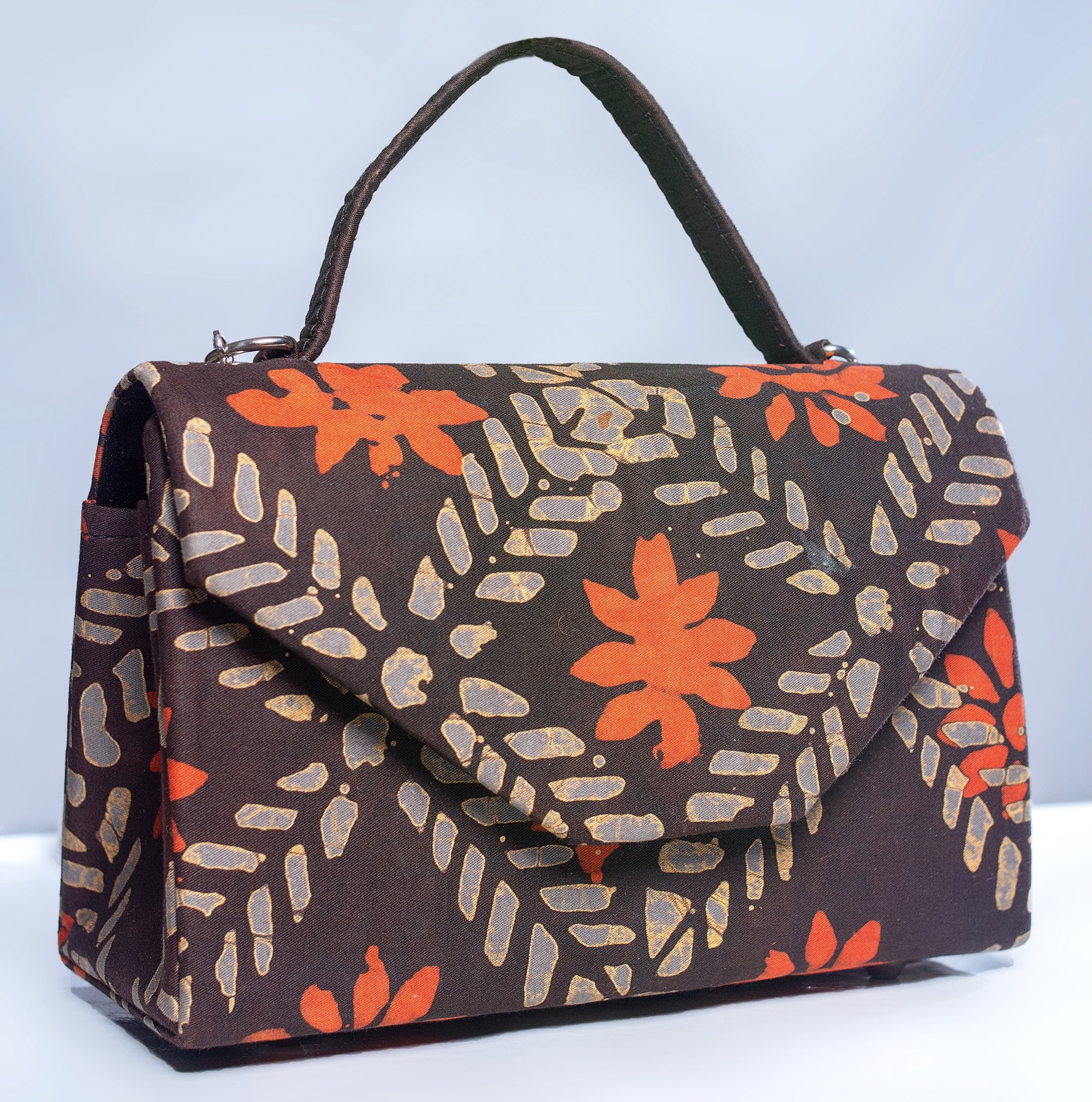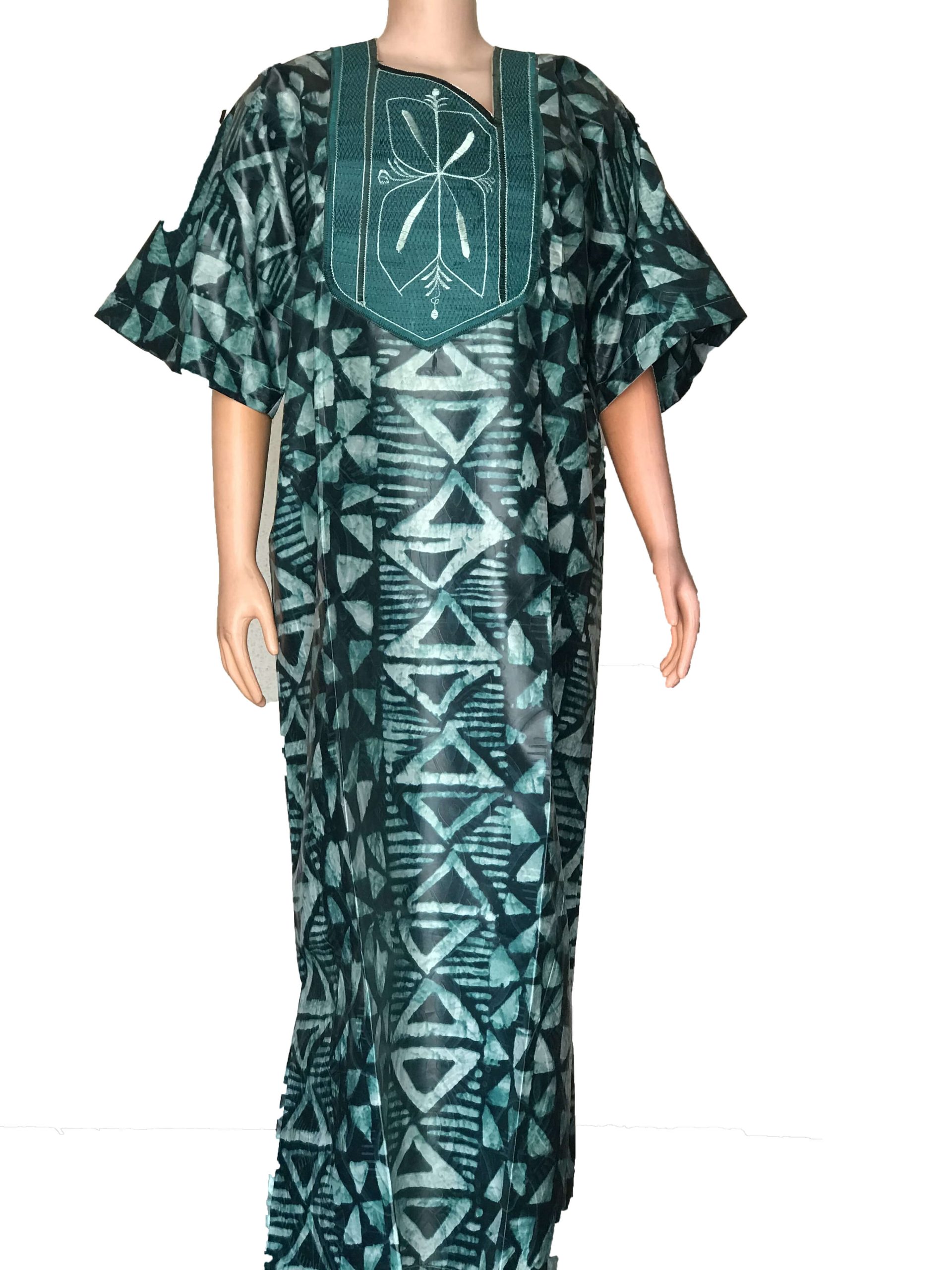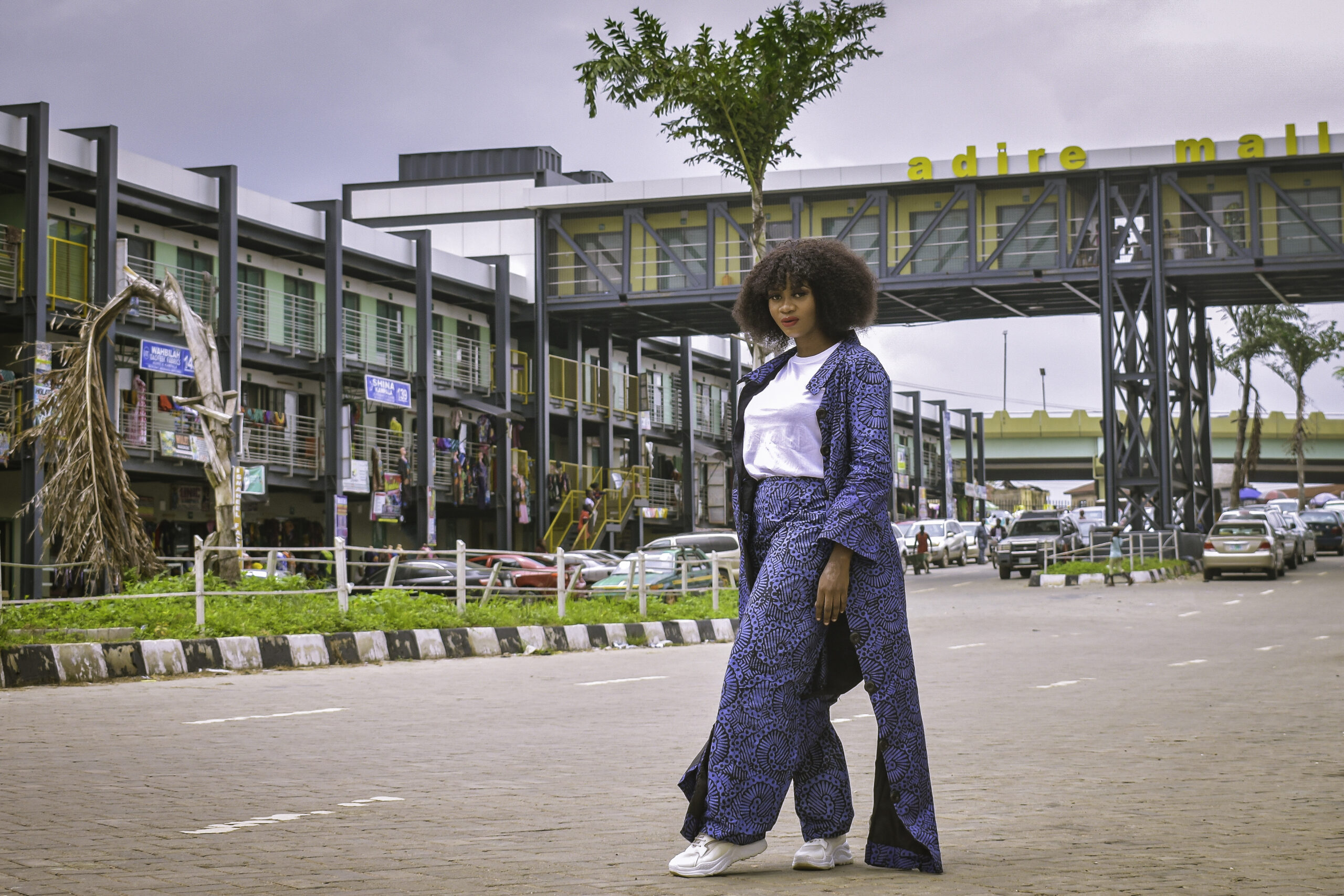African fashion is one of the most intriguing in the whole world because right from centuries ago till date, it has been one embedded with incredibly amazing classics making it stand out amongst many others, as diverse as it is with each aspect of it very embellished with uniqueness and style.
In this piece, we’ll be discussing in details one of the best indigenous designs of Adire which is ADIRE INDIGO known as Aláró dúdú
The word “Adirè” is simply from the combination of two Yoruba words ”Adi” which translates as tie and “rè” which translates as immerse i.e dye, hence, it means tie and dye. As stated earlier this piece is more about Adire indigo specifically and how it’s produced
Adire Indigo(alaro dudu); The making.
Adire indigo(aláró dúdú), is an integral element of the yoruba culture,tradition and heritage.
In its production, cold water is used, not just water from anywhere but necessarily water acquired directly from it’s source, which could be from the river, a borehole or a well and not water that has been processed or treated in any form.
The fetched water is then left in a clay pot for at least twenty-four hours, this is done in order to make the water really cool, It’s believed that the pot naturally makes the cold enough to run the production.
Tools and ingredients used …
Other ingredients for production includes;
★ Èlú; elu is a specific type of leaf which is grinded well and spread to dry then formed like a ball
★ Kolanut (Which is also referred to as obì gbànjà)
★ Dry pepper (Which is also known as ìjòsì or ata gbigbe)
★ Soda(sodium hypochlorite)
★ Jélú (The indigo dye)
★ and a rod to stir
The process.• The materials for production are made into a mixture with water.
Remember, there’s a clay pot already containing water fetched directly from source, the materials for production listed above are then poured into the clay pot containing water.• Stirring and fermentation.
The materials for production dispersed into the water is stirred with the water, then the pot is covered and left for twenty-four hours for proper fermentation.• Immersing and spreading.
A given textile that has undergone necessary process is then immersed into the mixture and spread under the sun.
The immersing and finishing procedure could be of different forms depending on the process the textile underwent which also determines the type of design that would be the outcome.
Back in those days, Téru or Dansíkiá is the type of textile used to produce adire Indigo (aláro dúdú) design, but in recent times high quality guniea brocade cotton is what is being used.
Adire Indigo (alaro dudu) comes in various forms of design such as Eléko design, alabeere design and machine design, these designs can only be achieved by carrying out certain actions on the textile before immersing it into dye. This would be further explained, follow through.
Eléko design
To carry out the Eléko design, pap (usually referred to as eko) and white starch (usually referred to as elubo funfun) is used. After the preparation of pap or white starch, it’s left for at least 24 hours, it can’t be used on the textile immediately. After the stipulated time, the pap is used to carry a desired pattern with the use of designated pans on the plain textile. Examples of designs that can be pulled through are; comb design, record design, olowó eyo, ewe it’s design, saki design, apple design After inserting the desired design on the textile, it is spread to dry properly under intense sunlight.
(Note that, because of this Adire Indigo/alaro dudu is best produced during dry season).
The designed textile is well dried then immersed into the pot containing the mixture (the mixture of Elu and the rest of ingredients) and it is extracted immediately, after extraction it’s spread on a rock or Bamboo, in order for it to get dried, when it’s dried, the immersing procedure is repeated and it’s dried again, this is carried out repeatedly about three times until a satisfactory colour is achieved.
This could take up to three to four days and more soda and indigo is added to the mixture before subsequent immersing. Also, the maximum measure of textile an aladirè can design at a go is six pieces and five yards per piece.
When the satisfactory colour is achieved, it is soaked inside a clean pot for it to ferment well, afterwards it is spread on bamboo and a blunt knife is used to scrape off the remains of the starch or pap.
The final result is then rinsed with a clean water and spread, afterwards the finished product is obtained, Eleko designed Adire Indigo.
Machine Design.
To procure this design, a sewing machine is used to stitch specific parts of of the textile, and it’s immersed into the mixture prepared aforehand, its procedure of immersing is exactly the same as that of Eleko design as explained earlier, after a satisfactory colour is attained, the stitched parts on the textile are loosened and this gives the outcome of the desired design, it is then starched and left to dry. Examples of designs that can be pulled through the sewing machine are; Durópa design,sugar design,chain design,ologede design.
Needle design
This design is often referred to as aláketè design, it’s achieved with the use of needle, it’s takes a longer period of time to produce it because it’s not made with machine and it requires man’s input all through the process, when a piece is completed and run through dye about three times, the stitched parts is loosened and the designed textile starched and spread. The process of production can really be wearying but the beauty of the outcome sure worth every bit of the stress.
